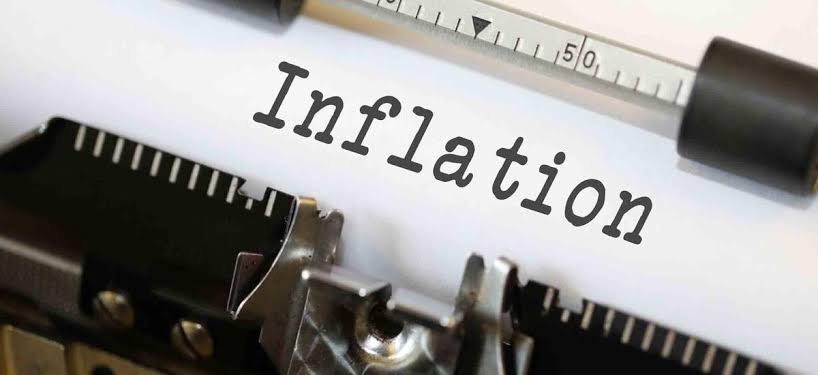ALIF
Published:2020-11-13 14:19:03 BdST
Govt adopts 5.2pc inflation target for FY22-23
The Bangladesh government has adopted an inflation target of 5.2 percent for the 2022-23 fiscal (FY22-23), a move which seems to be in line with its focus on boosting growth while keeping prices in control.
The inflation target for the current financial year is 5.4 percent, while its 5.3 percent for the next fiscal. And according to official documents accessed by UNB, the inflation target for FY22-23 has been set at 5.2 percent.
Economists believe that inflation needs to be subdued for achieving sustainable long-term growth in any developing country.
In fact, as per the official documents, the inflation in the past five years has been stable and below 6.0 percent.
According to Bangladesh Bureau of Statistics data, the average annual inflation was 5.65 percent in the FY19-20, while it was 5.48 percent in the previous financial year.
Similarly, the average annual inflation was 5.78 percent in FY17-18, 5.44 percent in FY16-17, 5.9 percent in FY15-16 and 6.4 percent in FY14-15.
Similarly, the 12-month average inflation in May 2020 was 5.6 percent. Last May, it was 5.5 percent. Likewise, the point-to-point basis inflation was 5.4 percent in May 2020 while it had been 5.5 percent in the same period last year.
Point-to-point food inflation stood at 5.1 percent in May 2020, indicating a slight slump from November 2019, according to the document. While Covid-19 may try to push food prices high for a few more months, the document says, the inflation could be negated by satisfactory agricultural production.
According to the BBS data, the average annual food and non-food inflation between July 2019 and June 2020 stood at 5.56 percent and 5.85 percent, respectively. The point-to-point inflation in June 2020 rose to 6.02 percent from 5.35 percent in May mainly due to the coronavirus outbreak-induced price hike of essential food items.
The point-to-point food inflation increased to 6.54 percent in June from that of 5.09 percent a month ago. On the other hand, the non-food inflation declined to 5.22 percent in the same month from 5.75 percent in May.
In June, the general, food and non-food inflation in the urban areas stood at 6.03 percent, 7.72 percent and 5.27 percent, respectively, which were 4.81 per cent, 3.94 percent and 5.79 percent, respectively, in the previous month.
The overall, food and non-food inflation in the rural areas stood at 6.02 percent, 6.47 percent and 5.18 percent, respectively, in June.
In May, the general, food and non-food inflation in rural areas was 5.65 percent, 5.61 percent and 5.73 percent, respectively.
According to the BBS data, the national wage index rate slightly increased to 5.90 percent in June from 5.89 percent in May as a result of increasing wages in all three sectors - agriculture, industry and services.
The data shows that the wage index rate for agriculture increased to 6.18 percent in the same month from 6.16 percent in May. The wage index rates for industry and services also rose to 5.31 percent and 5.78 percent, respectively, in June from 5.29 percent and 5.75 percent, a month before.
Unauthorized use or reproduction of The Finance Today content for commercial purposes is strictly prohibited.


